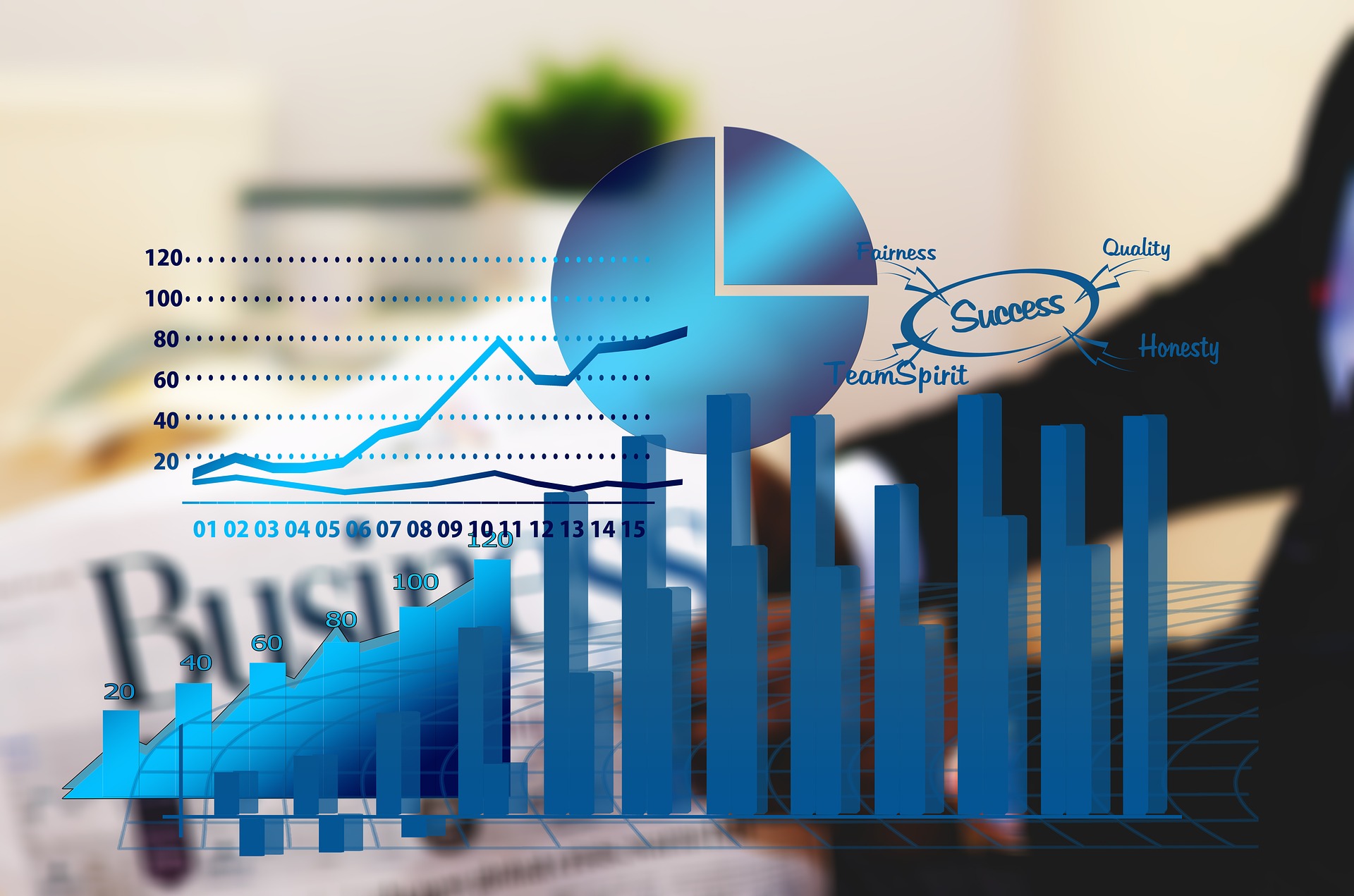The president of the St. Louis Federal Reserve on Friday said the U.S. stands a better chance of avoiding a recession if the central bank jacks up interest rates faster than usual to try to tame the worst outbreak of inflation in 40 years.
At a UBS conference in Switzerland, James Bullard said an aggressive response is the best way to ” nip inflation in the bud before it gets entrenched in the economy.” The quicker inflation starts to moderate, he said, the less the Fed will need to raise rates later on.
“If all goes well, inflation starts coming down to our [2%] target, you won’t need the policy rate to be so so high,” Bullard said.
The Fed last week raised its benchmark short-term interest rate to a range of 1.5% to 1.75% and signaled it could go to as high as 3.4% by year end. Higher rates raise the cost of borrowing for credit cards, mortgages, new cars and other consumer and business loans.
Bullard has been the most outspoken Fed official in favor of higher rates. He warned last year that the central bank was misjudging inflation, but it’s only been in the past six months that other senior Fed officials have come to the same conclusion.
The combination of high inflation and rising interest rates has spawned fresh worries about the economy sinking into recession, but Bullard said such talk is premature.
He noted consumer spending and the U.S. labor market are still quite strong and that’s there’s little sign of a broad slowdown underway,.
While a recession is “certainly possible,” he said, “I actually think we’ll be fine.”
Other senior Fed officials have echoed that view, including Chairman Jerome Powell, but it’s exceedingly rare for central bankers to predict a recession given the power they have over the economy and the political sensitivity of such declarations.
Earlier this week, for example, Massachusetts Sen Elizabeth Warren warned Powell she would blame the Fed if the U.S. fell into recession because of higher rates.
Bullard, for his part, insisted that higher rates would only slow the economy down to “more of a trend pace of growth as opposed to going below trend.” A rate of about 2% annual growth is seen as the trend level.
He pointed out that interest rates were pushed to “abnormally low levels” during the pandemic and are unlikely to rise to especially high levels like in the past. The Fed kept its short-term rate near zero during most of the pandemic.
“You got to take your best shot and see if we can get that to happen,” he said. “If we don’t do that now, you could suffer a decade of high end variable inflation.”
It could be a bumpy ride for investors, though. He said the market reaction “is going to be painful, it is going to be more volatile than you’d otherwise see.”

